SUMMARY
This is AI generated summarization, which may have errors. For context, always refer to the full article.
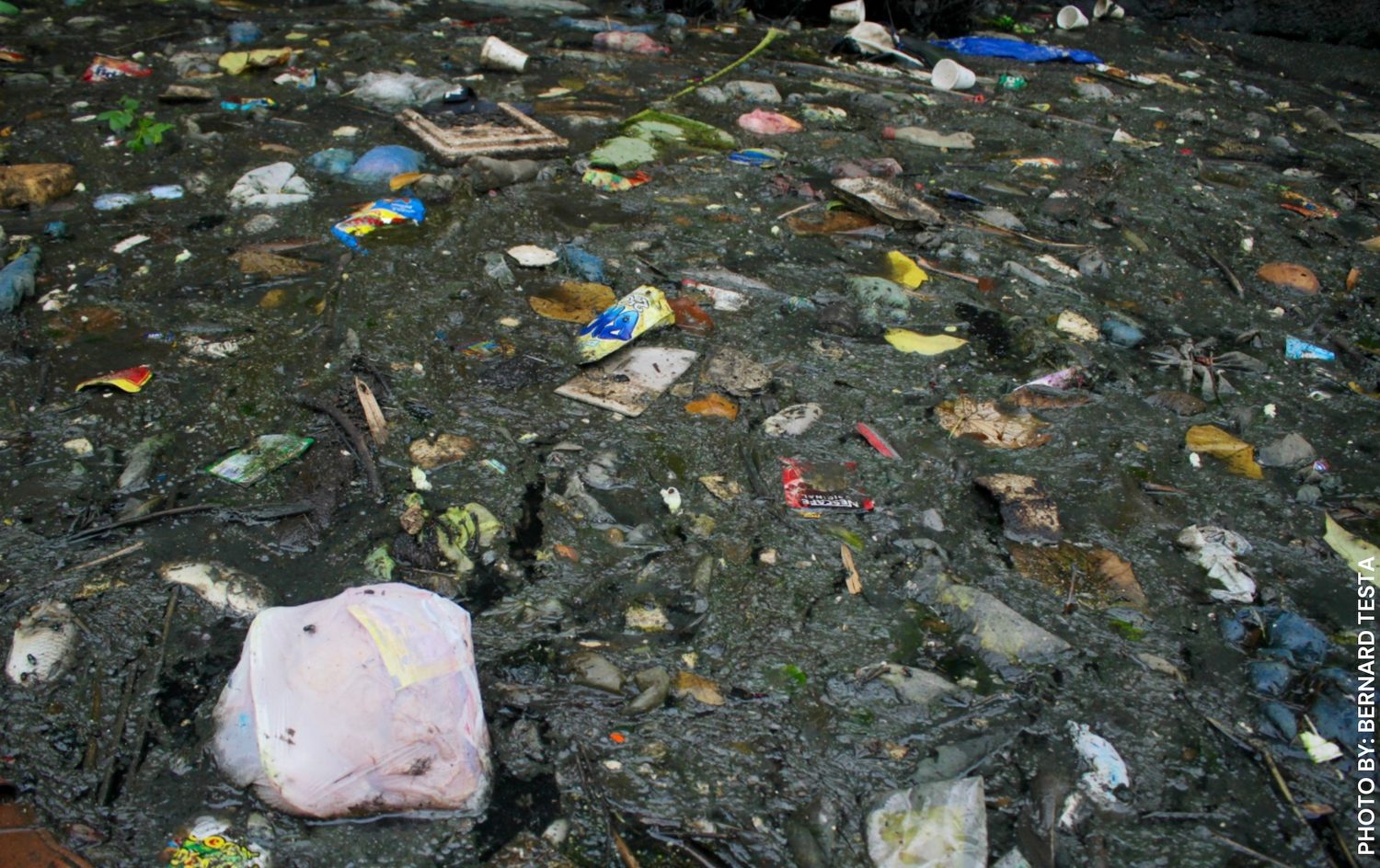
Poultry processing plants in the town of Marilao in Bulacan have dumped wastewater into creeks that flow into the Marilao River, and have gotten away with paying small fines for many years, the Philippine Center for Investigative Journalism (PCIJ) reported.
In a 4-part series released in February, the PCIJ looked into how wastes from these chicken dressing companies contribute to the putrid smell Marilao is unfortunately known for. But because of the lack of resources and personnel, the municipal government offices could not gather sufficient evidence to establish the extent of the companies’ culpability in polluting the rivers.
Worse, many of the chicken dressing companies, along with other commercial establishments around the Meycauayan-Marilao-Obando River System (MMORS), have paid the government small wastewater discharge fees ranging from P5 to P500 from 2016 to 2018. The establishments are also only required to submit to the government environmental self-monitoring reports, which are known to be susceptible to errors, inconsistencies, and manipulation.
The Marilao River is part of the MMORS, which is considered the second top pollution source of Manila Bay – next only to Pasig River.
The PCIJ noted that there have been efforts to revive the Marilao River since 2004, but it has remained biologically dead since 1989. This means its waters can no longer sustain any life forms, such as fishes and plants.
PCIJ produced the 4-part series with the support of Greenpeace Southeast Asia-Philippines.
Marilao’s booming poultry dressing industry
Marilao is a first-class municipality in the province of Bulacan. It houses 11 poultry processing plants – the biggest number in a Philippine town according to the PCIJ. In a year, these companies slaughter over 24 million chickens.
“It’s a thriving industry that has helped turn Marilao into the richest town in the province, tripling its revenue in the last decade to P793 million in 2018,” the PCIJ said.
However, these processing plants have also reported releasing about 169,000 cubic meters of wastewater in a year – enough to fill up 68 Olympic-size pools.
PCIJ said the self-monitoring reports of 7 poultry processing facilities in Marilao showed that they dump their liquid wastes to creeks connected to the Marilao River. PCIJ was not able to obtain data for the other 4 dressing plants.
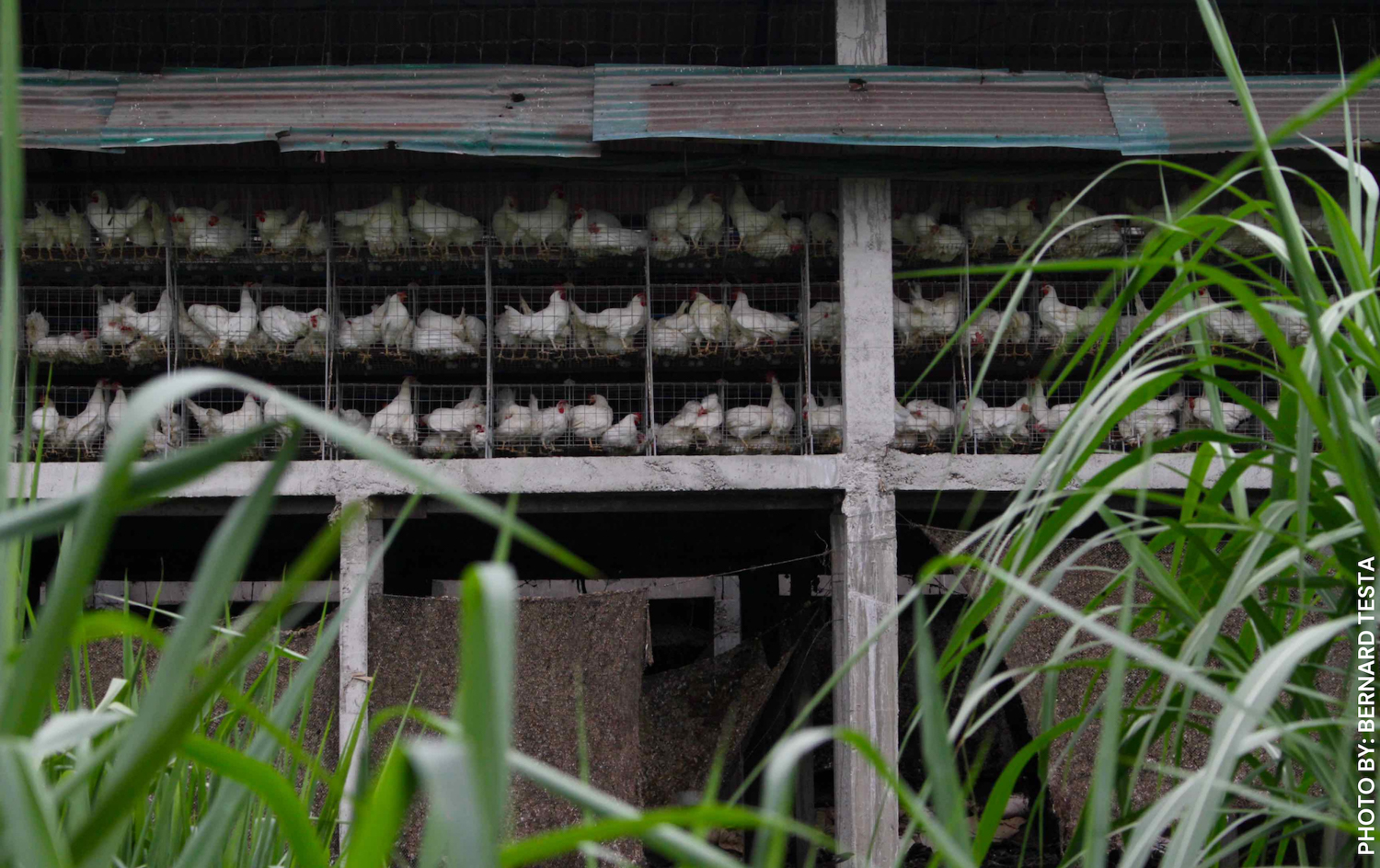
Poultry processing plants use a lot of water in dressing chickens for consumption. Based on PCIJ’s computations, poultry processing plants in the Philippines have used between 10 billion and 19 billion liters of water to slaughter 763 million heads of chicken killed for food in 2019.
There are 149 poultry dressing plants in the Philippines accredited by the Department of Agriculture’s National Meat Inspection Service, as of November 2019. The PCIJ said almost one-fourth or 34 facilities are in Central Luzon. Of this, 20 are in Bulacan.
Small fees paid
The Clean Water Act of 2004 mandates industrial and commercial establishments, including processing plants, to pay discharge fees based on the volume of waste that they release into water bodies. The discharge fees are intended to pay for the costs of government efforts to administer water quality management or improvement programs.
However, PCIJ’s investigation showed that this has not been enough to address the water pollution in the MMORS.
The PCIJ said that the Department of Environment and Natural Resources (DENR) collected only P1.4 million worth of wastewater discharge fees in Central Luzon from February 2016 to August 2018. In contrast, experts estimate that the MMORS need P11.5 billion for rehabilitation.
The lack of manpower and resources in the region’s Environmental Management Bureau (EMB) has also prevented the government from assessing the extent of the environmental damage done by the establishments, particularly the poultry processing plants.
The report said regulators have identified 49 “mostly toxic substances” dumped by polluters into the river system. But the region’s environment officers admitted that the tests that they are able to do can only give hints and symptoms of the water pollution problem, not its direct causes.
This also prevents them from imposing hefty fines on erring establishments.
The problem with self-monitoring reports
To make up for the lack of resources, what’s in place is a self-monitoring mechanism that requires establishments to submit quarterly reports containing its production capacities, outputs, wastes generated, and how they dealt with the environmental effects of their wastes, to name a few – all to be validated by the EMB.
However, these self-monitoring reports have proven “unreliable at best, and manipulated at worst” according to the PCIJ, citing regulators.
A review of the self-monitoring reports submitted by 7 chicken processing plants in Marilao showed “many glaring errors and inconsistencies,” the PCIJ said, which is proof that the bureau has failed to properly evaluate them.
Some of the self-monitoring reports showed mathematical errors, while others submitted old laboratory tests. To make matters worse, the PCIJ said, the bureau only has 30 days to act on problematic self-monitoring reports. After that, the processing plants can go scot-free.
In 2019, the PCIJ collected water samples from the poultry processing plants in Marilao. The laboratory results showed that they failed to meet the standards set by the DENR, different from what the self-monitoring reports showed. – Pauline Macaraeg/Rappler.com
Read the full 4-part investigative series by PCIJ:
Add a comment
How does this make you feel?


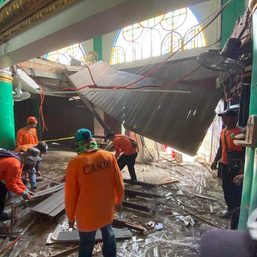
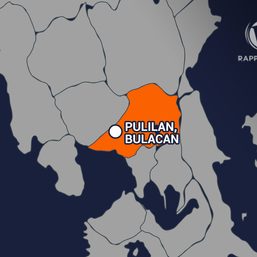
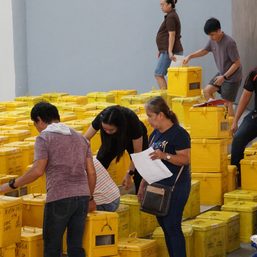
There are no comments yet. Add your comment to start the conversation.